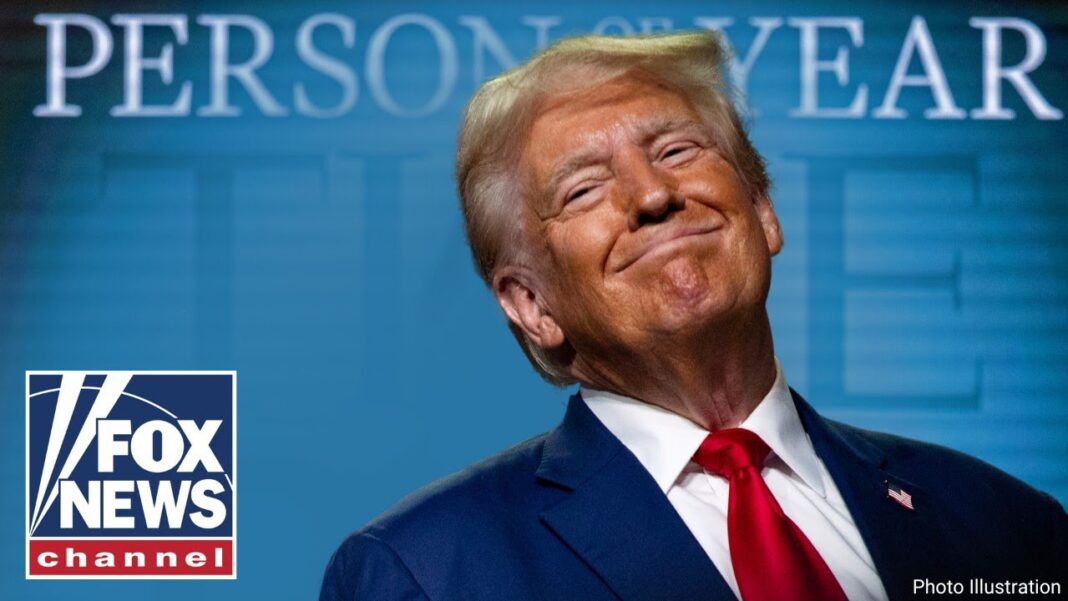Commentary
Late last December, Canadian businessman Kevin O’Leary, affectionately known as Mr. Wonderful, re-opened a longstanding public debate over the idea of “continentalism” in North America.
Within weeks after the re-election of President Donald Trump, O’Leary pitched the merits of an EU-style economic union between Canada and USA. “I like this idea and at least half of Canadians are interested” he said.
There's 41 million Canadians sitting on the world's largest amounts of all resources, including the most important, energy and water. Canadians over the holidays have been talking about this. They want to hear more. What this could be is the beginning of an economic union. Think… pic.twitter.com/yp5PuLgxZJ
— Kevin O'Leary aka Mr. Wonderful (@kevinolearytv) December 26, 2024
Unfortunate Timing
As it happened, the timing of O’Leary’s proposal could not have been worse. The credibility of his idea was instantly undermined by the incoming U.S. President’s controversial insistence that Canada should become the 51st state.
After Trump’s inauguration, Washington pivoted to hardball positions on tariffs and trade and it was clear there would be no special concessions for Canada. Signals from D.C. warned of tough USMCA trade negotiations to come.
In March, a beleaguered Justin Trudeau left office and former Bank of England President Mark Carney took over the Liberal Party of Canada. In April, Mr. Carney was elected prime minister, but his party fell short of winning a clear majority in the House of Commons.
The new Liberal government immediately adopted an “elbows up” disposition in the brewing trade war with the USA. By the summer of 2025, any talk of a Can-Am economic union was crowded out by strong feelings of resentment and ill will on both sides of the border.
An Idea Worth Revisiting
The idea of an EU-style Can-Am union has a long and respectable history and it is well worth revisiting.
After the British North America Act of 1867, Canadian scholar Goldwin Smith led a vigorous philosophical movement that supported closer ties with the USA in the form of a continental economic order. Smith defended the concept in a 1891 book titled “Canada and the Canadian Question.” Opposing movements favoured closer ties with the British Empire or total Canadian economic independence. Neither of the latter positions stood the test of time.
Today, the arguments for the development of a Can-Am union are more compelling than ever. Economic integration, the elimination of trade barriers, and the removal of regulatory mismatches could boost cross-border investment well beyond current USMCA levels. A strong shared currency would eliminate exchange rate volatility, reduce transaction costs, and improve price transparency. EU-style citizen mobility could reduce labour shortages, provide enormous opportunities for young workers, increase productivity, and fill demographic gaps created by aging populations.








